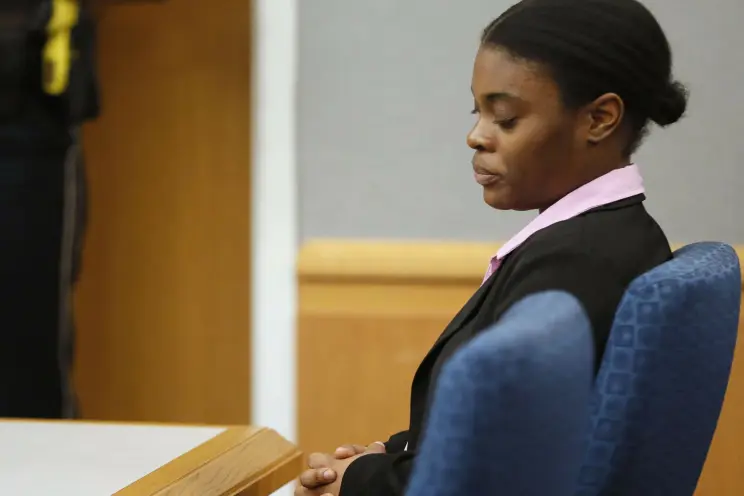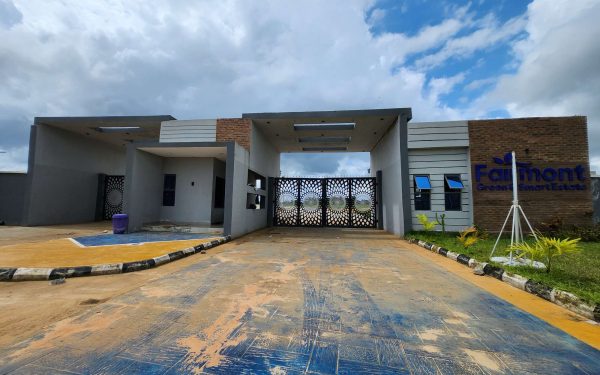: Unraveling Tragedy: Stepmom Convicted in the Heartbreaking Death of an 8-Year-Old Forced to Sleep

In a harrowing tale that unfolded within the confines of a family, the recent conviction of a stepmother in the death of an 8-year-old has sent shockwaves through communities and ignited conversations about the complexities of blended families and the responsibilities that come with parenting. The case serves as a stark reminder of the fragility of young lives and the importance of safeguarding the well-being of vulnerable children.
Table of Contents
ToggleThe Tragic Incident:
The incident that led to the conviction took place in a quiet suburban home where an 8-year-old child, whose name is being withheld for privacy, lost his life under circumstances that have left a community grappling with sorrow and disbelief. The stepmother, now convicted, was found guilty of contributing to the child’s death by forcing him to sleep under conditions that ultimately proved fatal.
Legal Proceedings:
The courtroom became a stage for the unveiling of a heart-wrenching story as the legal proceedings brought to light the details of the events leading up to the child’s untimely demise. The prosecution presented evidence suggesting a pattern of neglect and abuse, while the defense argued for a more nuanced understanding of the stepmother’s actions, emphasizing the complexities inherent in blended families.
Blended Families: A Delicate Balancing Act:
The case prompts a closer examination of the unique challenges faced by blended families, where step-parents navigate the intricate dynamics of building relationships with their stepchildren. The delicate balancing act of integrating new family members into established structures can sometimes lead to unintended consequences, as love and loyalty become entangled with past grievances and unresolved conflicts.
Parental Responsibilities:
One of the central themes emerging from this tragedy is the inherent responsibility that comes with parenting. Regardless of biological ties, all adults involved in a child’s life bear the duty of ensuring their safety, well-being, and emotional development. The conviction serves as a stark reminder that neglecting this responsibility can have devastating consequences, leaving lasting scars on the lives of innocent children.
Impact on the Community:
The ripple effect of this tragedy extends beyond the immediate family, affecting the entire community. Neighbors, friends, and schoolmates are left grappling with the realization that such heartbreaking incidents can happen close to home. The case has sparked a broader conversation about the role of communities in safeguarding children, urging collective vigilance and the importance of reporting concerns regarding child welfare.
Child Welfare and Protective Services:
In the aftermath of this incident, there is a renewed call for enhanced vigilance from child welfare and protective services. Advocates argue that the tragedy could have been prevented if signs of abuse and neglect had been identified earlier. The case underscores the need for improved communication and coordination among various agencies tasked with ensuring the welfare of children, emphasizing prevention over reaction.
Support for Families in Crisis:
As the community grapples with grief, there is also a growing recognition of the need for support systems for families in crisis. The stresses and challenges that families face, particularly in blended situations, can sometimes escalate to tragic proportions without adequate intervention. Calls for increased funding and resources to support struggling families are gaining momentum, with the hope of preventing future tragedies.
The Aftermath: Healing and Rebuilding:
Beyond the legal ramifications, the aftermath of the conviction is a process of healing and rebuilding for all those affected. The surviving family members, including biological parents and siblings, now confront the arduous task of processing their grief and finding ways to move forward. Mental health professionals and support groups are offering their assistance, recognizing the long-lasting impact such traumatic events can have on the emotional well-being of those involved.
Conclusion:
The conviction of the stepmother in the death of an 8-year-old forced to sleep has exposed the vulnerabilities within blended families and prompted a wider conversation about the responsibilities of parenting, community vigilance, and the need for support systems. As the community mourns the loss of a young life, there is a collective call for greater awareness, empathy, and proactive measures to protect children from the potential harm that can arise in the complex dynamics of modern family structures. It is a sobering reminder that, in the pursuit of family unity, the safety and well-being of children must always remain paramount.
Q: What led to the conviction of the stepmom in the death of the 8-year-old?
A: The stepmom was convicted based on evidence presented during legal proceedings that highlighted a pattern of neglect and abuse, particularly related to forcing the child to sleep under conditions that ultimately proved fatal.
Q: How did the legal proceedings unfold?
A: The legal proceedings brought to light the details of the events leading up to the child’s death. The prosecution presented evidence of neglect and abuse, while the defense argued for a more nuanced understanding of the stepmother’s actions, emphasizing the complexities inherent in blended families.
Q: Were there any specific factors that contributed to the tragedy?
A: The case underscores the delicate balancing act faced by blended families, where integrating new family members into established structures can lead to unintended consequences. The complexities of relationships within blended families were central to the factors contributing to the tragedy.
Q: How has the community been affected by this incident?
A: The community has been deeply impacted by the tragedy, with neighbors, friends, and schoolmates grappling with the realization that such heartbreaking incidents can happen close to home. The incident has sparked a broader conversation about the role of communities in safeguarding children.
Q: What role do child welfare and protective services play in this case?
A: The case highlights the need for enhanced vigilance from child welfare and protective services. Advocates argue that the tragedy could have been prevented if signs of abuse and neglect had been identified earlier, emphasizing the importance of improved communication and coordination among various agencies.
Q: What is the call to action for communities in the aftermath of this incident?
A: The incident has prompted a renewed call for communities to be vigilant and report concerns regarding child welfare. There is also a growing recognition of the need for support systems for families in crisis, with calls for increased funding and resources to prevent future tragedies.
Q: How are mental health professionals and support groups assisting those affected by the tragedy?
A: In the aftermath of the conviction, mental health professionals and support groups are offering their assistance to surviving family members, recognizing the long-lasting impact such traumatic events can have on emotional well-being. The focus is on helping individuals process their grief and find ways to move forward.
Q: What steps are being taken to prevent similar incidents in the future?
A: The tragedy has prompted a broader conversation about the responsibilities of parenting, community vigilance, and the need for support systems. There is a collective call for greater awareness, empathy, and proactive measures to protect children from potential harm within the complex dynamics of modern family structures.





